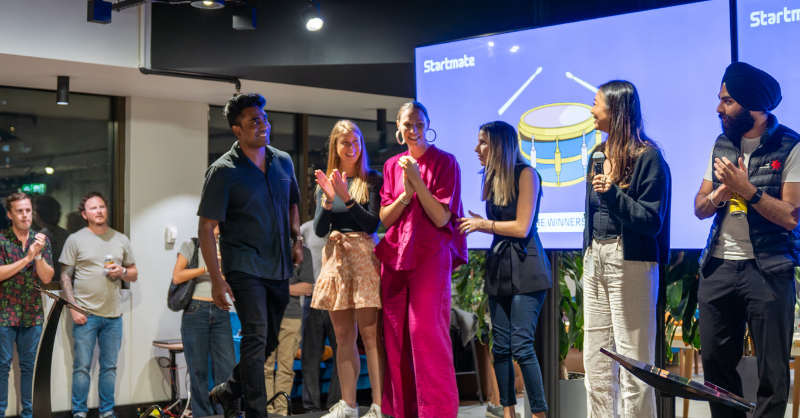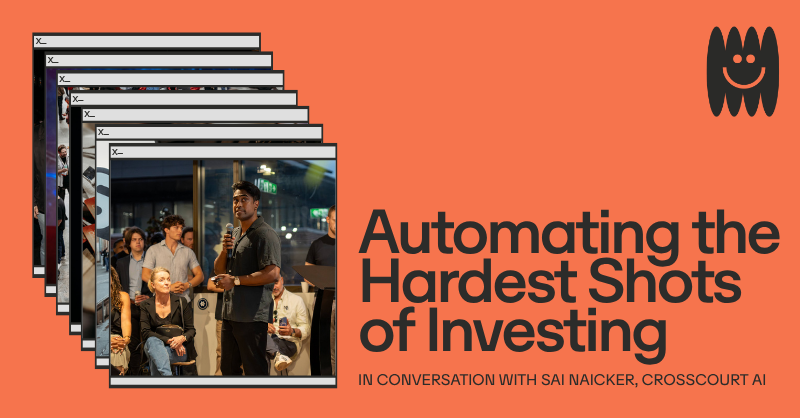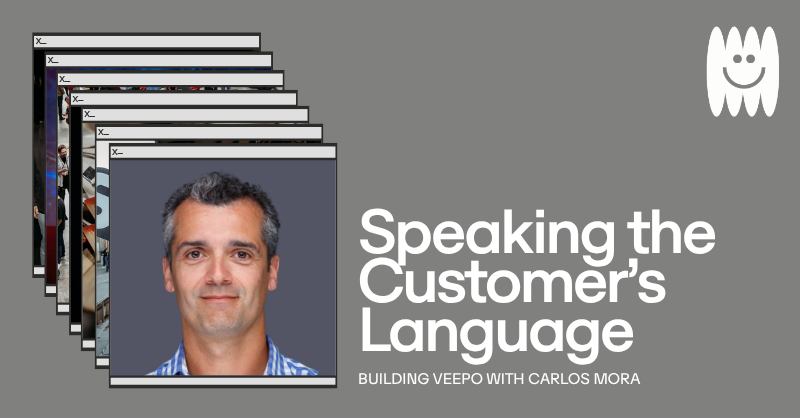When I asked Sai Naicker to explain CrossCourtAI in a sentence, he hardly hesitated. “We build AI systems for investment teams so they can underwrite faster, report cleaner, and make sharper calls with less drag,” he said. The line lands clean, the way good ideas do when the backend is already humming.
CrossCourtAI began fourteen months ago. Sai recalls the first few months were pure experimentation, quick MVPs in the hands of paying finance clients. Then Sai brought in two technical co-founders, James Oliver and Randy Ariyawanse, and the company found its stride. “James is an incredible engineer and thinker,” Sai said. “He’s got this calm precision that keeps everything grounded. Randy brings the creative spark; he’s always pushing us to think bigger and move faster. The truth is, nothing that exists at CrossCourtAI today would exist without the three of us.”
After a generalist sprint across investment banks and family offices, they narrowed in on real estate and private credit, where process is heavy and time is scarce. “There’s a lot of manual work in these markets,” Sai told me. “If we can remove the grind without dulling judgement, that is real value.”
Two products anchor the work at CrossCourtAI. The first is an investment engine that learns each firm’s way of thinking. But what does this look like in reality? CrossCourt asks for three to five precedent papers and runs a deep questionnaire to capture style, vocabulary, and decision rules. Feed it a new model, due diligence reports or an information memorandum and the system drafts an investment paper in five to ten minutes in the firm’s own format. “On underwriting, we aim for eighty percent,” Sai said. “Judgement, relationships, sector nuance, those still sit with humans.”
The second product is where AI can run almost the whole play. In asset management, investor reporting is fixed input and fixed output. Most firms spend three to eight hours per asset per quarter. “We can usually do it in five to ten minutes,” he said. “Ninety-five percent is our line, but honestly, with reporting it is very close to a hundred.”
What stood out was proof through usage rather than slogans and startup jargon. During a busy underwriting sprint, Sai chatted about one customer who ran hundreds of slides and more than two hundred agent chats through Harper (CrossCourtAI’s army of AI agents) in a couple of weeks. “They told us it was integral to getting those deals done,” Sai said. “That was our clearest early signal of product market fit.”

With the product proof on the table, Sai turned to where the story began. Tennis is in his bloodstream, but the name stuck for a different reason. “The cross-court shot is one of the hardest in tennis,” he said. “We automate the hardest shots of business so your team can play every other shot with freedom.” Sai smiled. “It turns out finance and sport often go hand in hand,” he laughed. Beyond the 9-5, finance folks often love a rally as much as a return.
From there, the topic soon turned to the leap from high finance to building. “Investment Banking is a good base,” Sai said, “but it’s not always the perfect one for startups. Building a company is its own skill and when you start, you’re almost certain to make mistakes.”
His fix has been volume and rhythm: weekly customer calls across every account, shipping fast, and building what people actually use. “Customer feedback is the only metric,” he said. “If nine clients tell you where to put your chips, that’s where you put your chips.”
Then he smiled, the line landing like a mantra worth noting: “volume negates luck.”
In the near term, the plan is simple: keep tightening product market fit, grow the team by one more engineer and open up distribution through new partnerships with major Australian companies. Sai said. “The goal is simple = more hands on the product, faster.”
Next year is about scale. “Ship the right features, collect the right feedback, iterate quickly,” he said. “If we get the micro right, the macro sorts itself.”
As for the founder journey, Sai reflected on his time in our eight-week pre-accelerator, Launch Club. Despite having devoured every investing classic and YC podcast, what made Launch Club different was the structure, the density of content, the lived experience from other founders and the community surrounding the program. “I watched the vast majority of the recordings,” he told me. “The first-ten-customers framework was excellent. Framing ideas for investors was excellent. It condensed what matters and cut the fluff.”
CrossCourt sits in that sweet spot where the problem is obvious and the solution makes you wonder “How does this not exist already?”
My answer? Because it needed a team like CrossCourt to pull it off. Sai, Randy, and James have turned a messy, manual grind into something fast, precise, and unmistakably theirs.
If you want to follow along or see how the product works in the wild, connect with Sai on LinkedIn and get ready as CrossCourtAI goes from building quietly to succeeding loudly.







